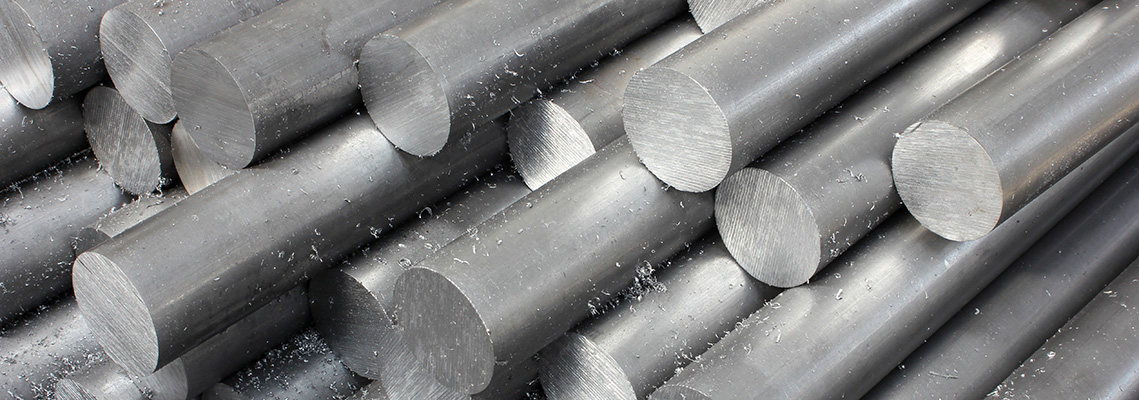Information about stainless steel

Stainless steel – non-rusting steel
Stainless steel is used in our products in form of screws, nuts, machine foot covers, etc. … .
Below we have listed a short description of two stainless steels for you.
Stainless Steel AISI 304 (A2) / Material No. 1.4301 (X5CrNi18-10)
1.4301 is the first commercial stainless steel and, with a production share of 33 %, the most widely used RSH-steel (not acid-resistant and possibly tarnishing). It is an austenitic, acid-proof 18/10 Cr-Ni steel, which is intergranular steady without additional thermal treatment due to its low carbon content after welding of steel sheets with a thickness up 5 mm.
It is approved for a temperature-stress up to 600° C. At higher operating temperatures it is recommended to use titanium-stabilized steel according to material number 1.4541. The weldability is good for all electrical welding procedures. A gas welding procedure should not be used. The steel has a very good polishing ability and an excellent ductility by deep drawing, bending, roll forming, etc.. Due to the tendency to strain hardening tools made of high alloyed high speed steel or carbide should be used during chipping process.
Application
The steel is stable to water, steam, humidity, food acids and weak organic and inorganic acids and has a lot of possibilities of use.
For example in the
- food processing industry
- beverage production
- pharmaceutical and cosmetic industry
- chemical apparatus engineering
- architecture
- automotive
- for household goods and devices
- surgical instruments
- bar and kitchen building
- for toilets
- for jewelry and art objects
The corrosion stability is substantially increased by electro polishing. This is required especially in the pharmaceutical, food, medicine and facade engineering. The Cr-Ni steel is not suitable for applications in swimming pools (see also stress corrosion cracking)
Stainless Steel AISI 430 / Material No. 1.4016 (X6Cr17)
A ferritic, 17-percent chromium steel with good corrosion resistance (not acid-and salt-water resistant and possibly tarnishing), whose share in the production of stainless steel is approximately 14%. The polishing ability is very good, as well as the deep-drawing ability and the ability to flex. A stretch forming is only possible to a limited degree.
During forming it is important to note that the steel tends to embrittlement at temperatures below 20 degrees Celsius. The cold formability is improved when you heat the material and tools up to 100 till 300 degrees Celsius, which is especially recommended for plate thicknesses of more than 3 mm. Sharp bends parallel to the rolling direction should be avoided.
Welding is possible by using electrical methods. In the welding area, however, occurs an embrittlement and a decrease in corrosion resistance. The machinability is comparable to that of hardened alloy steels. As expected with all soft steel qualities you have to face to the formation of built-up edge and a disabled chip flow.
Application
The high chromium content gives the steel a good resistance to water, steam, humidity, and weak acids and alkalis.
The applications are very diverse, such as
- for household and kitchen appliances
- in the hospitality industry
- in food and beverage production
- in the furniture industry
- interior design
- medical technology
- in certain branches of chemical industry
- plumbing, heating and air conditioning systems
- … in many other areas